NEWYou can now listen to Fox News articles!
Casey Sherman, the nephew of the youngest known victim of the Boston Strangler, doesn’t believe that the man who confessed to the notorious murders was the right suspect.
“I honestly don’t believe Albert DeSalvo did it,” Sherman told Fox News Digital. “I go back to the psychological profile developed by Albert DeSalvo’s own psychologist, Dr. Ames Robey, who created the profiles of all the potential suspects. He told me in an extensive interview that he didn’t think DeSalvo was capable of homicide.”
“Albert DeSalvo was a sexual predator,” Sherman said. “He was a con man. He was a thief. He was certainly taking advantage of women in a physical way through these sexual assaults. But DeSalvo never murdered these women.”
‘YOGURT SHOP MURDERS’: AUSTIN’S UNSOLVED COLD CASE CONTINUES TO RAISE QUESTIONS DECADES LATER
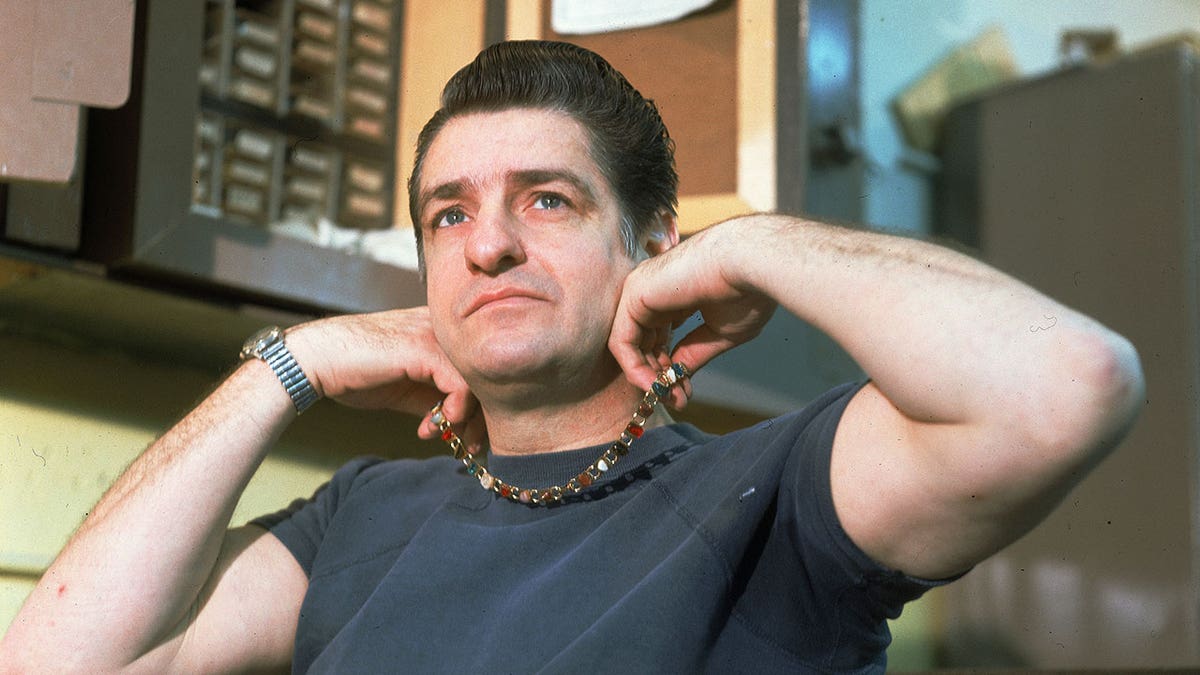
Albert DeSalvo (1931-1973) holds one of the necklaces he made while in prison up to his neck at Walpole State Prison, South Walpole, Massachusetts, circa 1970s. DeSalvo is the alleged Boston Strangler, a serial killer who claimed the lives of 13 women in the 1960s. DeSalvo confessed to the murders, but there has always been a shadow of doubt concerning his guilt. (Hulton Archive/Getty Images)
The killings, which took place between 1962 and 1964 in the Boston area, are explored in a new Oxygen true-crime documentary, “The Boston Strangler: Unheard Confession.” It features never-before-heard audio made by DeSalvo, who was murdered in prison in 1973.
The special is hosted by Sherman, an author who previously wrote a book about the 1964 murder of his aunt, Mary Sullivan.
Fox News Digital reached out to the Boston Police Department for comment about the film and Sherman’s claims.
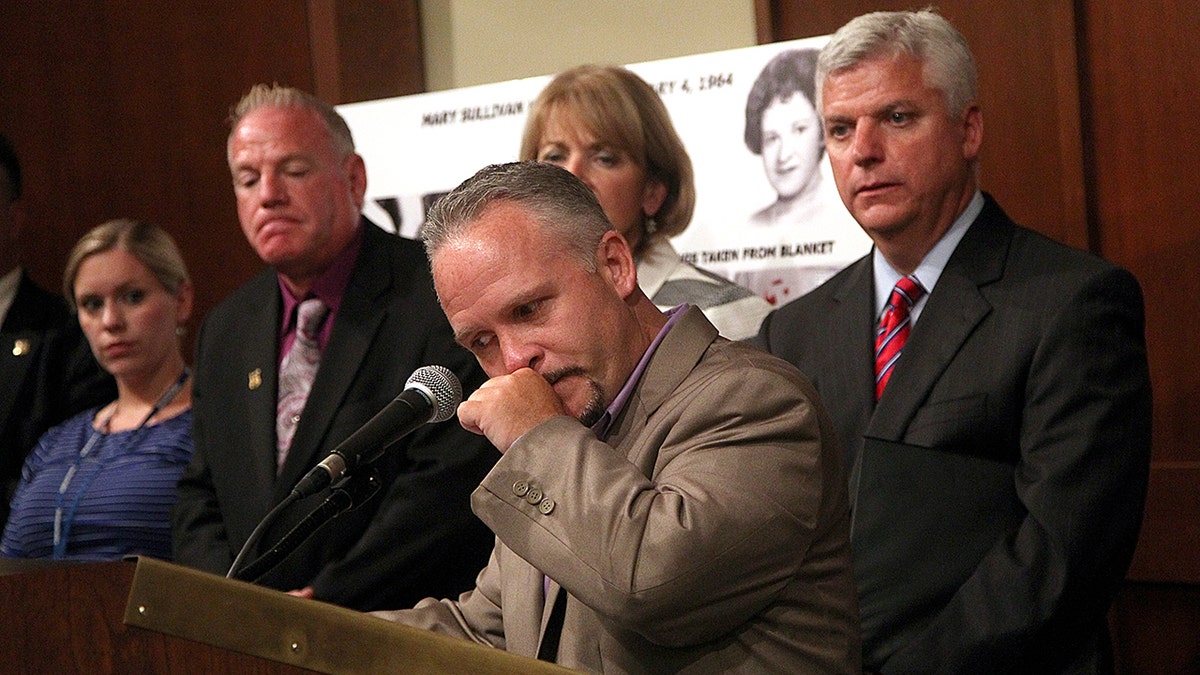
Casey Sherman, author and nephew of murder victim Mary Sullivan, has spent years investigating the Boston Strangler case. (Suzanne Kreiter/The Boston Globe via Getty Images)
“Growing up, I heard whispers about my aunt’s murder,” Sherman said. “One day, I finally approached my mother, who was 17 when her 19-year-old sister was killed. They were best friends. They had planned to live their lives together, raise families together and grow old as sisters together. All of that was stolen from my mother.”
“I saw her get emotional for the first time,” Sherman recalled. “I did what any child would do — I hugged her. I said, ‘Mom, at least they got the guy.’ She looked at me and said, ‘Casey, I don’t know if they ever did.’
“My mother didn’t have any evidence to support her belief — it was a sister’s intuition, a bond that could never be broken.”
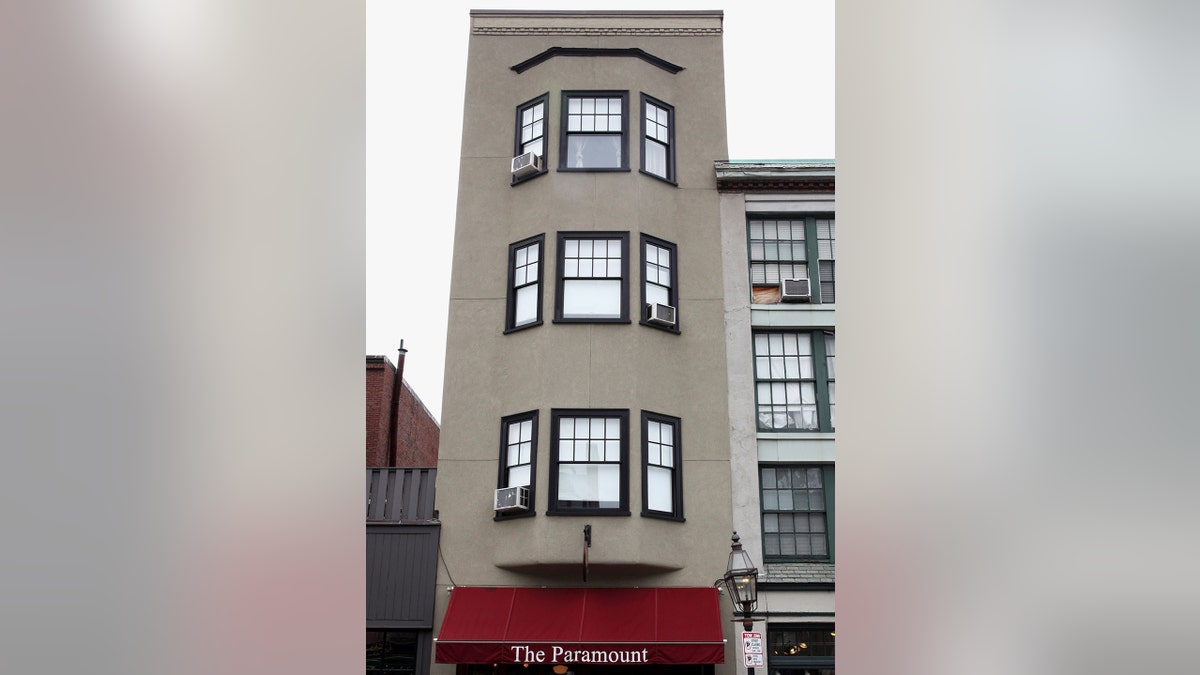
A view of Mary Sullivan’s apartment where she was murdered. (Wendy Maeda/The Boston Globe via Getty Images)
For decades, Sherman has investigated Sullivan’s murder. In 2013, investigators announced that DNA tests performed on DeSalvo’s exhumed remains confirmed he killed Sullivan and was likely responsible for the other victims. While Sherman initially supported the findings, over time he grew skeptical about how the DNA evidence was presented and interpreted.
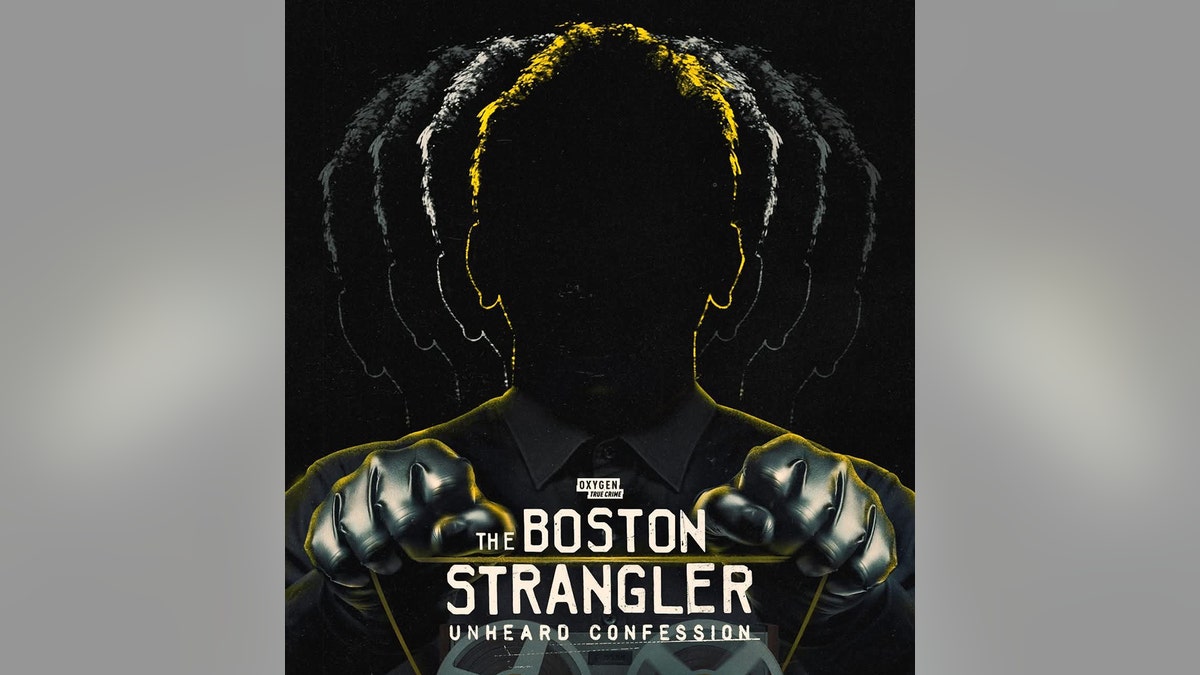
“The Boston Strangler: Unheard Confession” features never-before-heard recordings of Albert DeSalvo. (Oxygen)
“When I interviewed everyone connected to the case, I began to find a much different story,” Sherman said. “I spoke with about 50 witnesses and people who worked on the Boston Strangler task force. One original member believed throughout his entire career that authorities pinned these murders on the wrong man. There were several other suspects.”
Thirteen women between the ages of 19 and 85 were sexually assaulted and killed, crimes that terrified the region. All the victims were strangled with articles of their own clothing; one was also stabbed repeatedly.
The Boston Strangler was dubbed “America’s Jack the Ripper” by the press. Like the infamous killer of Victorian London, the serial killer terrorized a major city with a string of brutal murders that targeted women and left the nation gripped by fear.
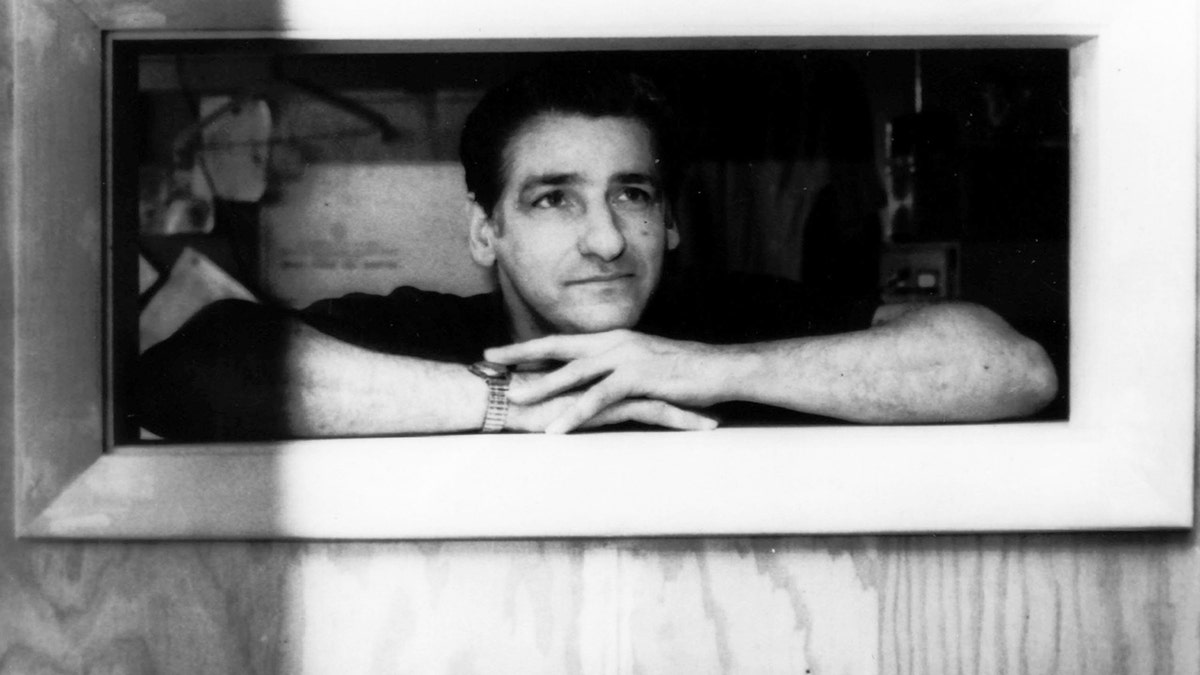
Albert DeSalvo recanted his confession before dying in prison, where he was serving a life sentence for other crimes. The Boston Strangler was also known as “America’s Jack the Ripper.” (Getty Images)
DeSalvo, a blue-collar worker and Army veteran who was married with children, confessed to the slayings. At the time, he was a patient at Bridgewater State Hospital, which housed the criminally insane, The Associated Press reported.
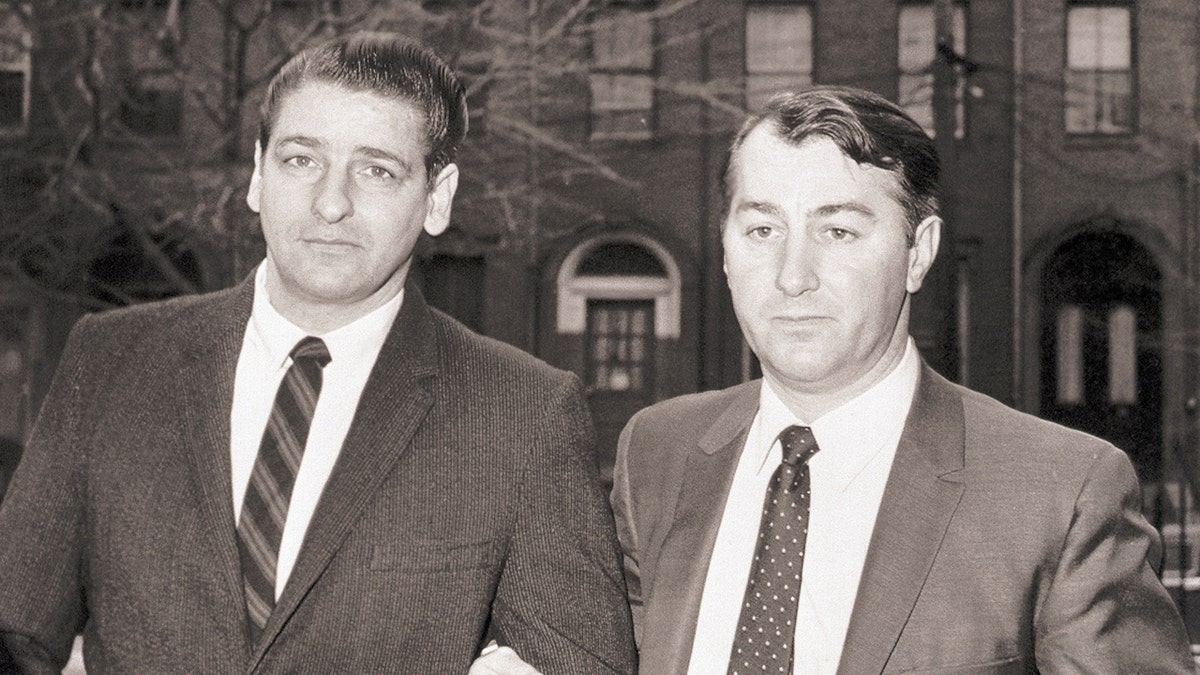
Albert DeSalvo (left), the self-professed “Boston Strangler,” is seen here being escorted to Middlesex County Superior Court in 1968. He was returned to Walpole State Prison to begin serving a life sentence on conviction of sex and armed robbery offenses. (Getty Images)
Police lacked evidence to bring DeSalvo to trial. He was never convicted of the killings and was instead sentenced to life in prison in 1967 for a series of unrelated assaults. DeSalvo recanted his confession before he was stabbed to death in a maximum-security prison, according to the outlet.
“There are 60 hours of confession tapes from Albert DeSalvo,” Sherman said. “What you hear in the documentary is only a sample. One investigator kept the tapes — considered the holy grail in this case — because at the time, nothing tied DeSalvo to any of the murders. I learned that this man had them in his possession. I built a friendship with him over several months and finally got him to let me listen to the tapes.”
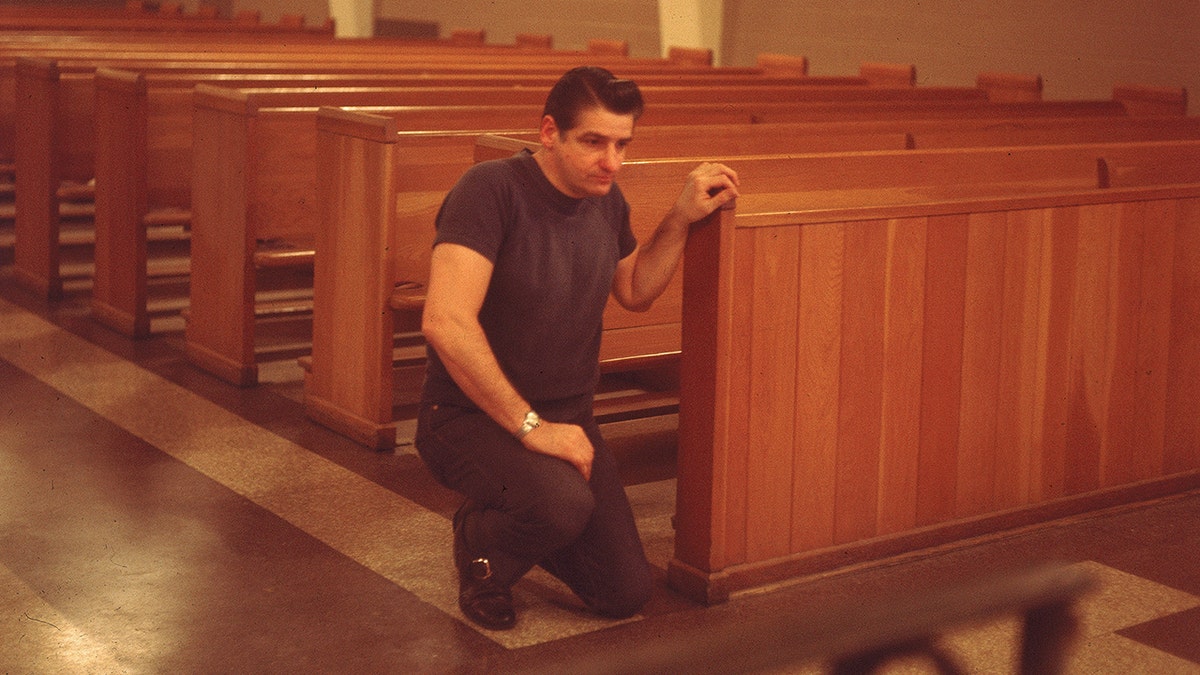
Albert DeSalvo prays in the chapel at Walpole State Prison, South Walpole, Massachusetts, early 1970s. DeSalvo was killed on Nov. 25, 1973. (Hulton Archive/Getty Images)
“Albert DeSalvo confessed to events that never happened,” Sherman claimed. “There were glaring mistakes in these confessions. John Bottomley, who led the interrogation, had no experience in criminal investigations — he was a real estate lawyer who had never questioned a suspect before.
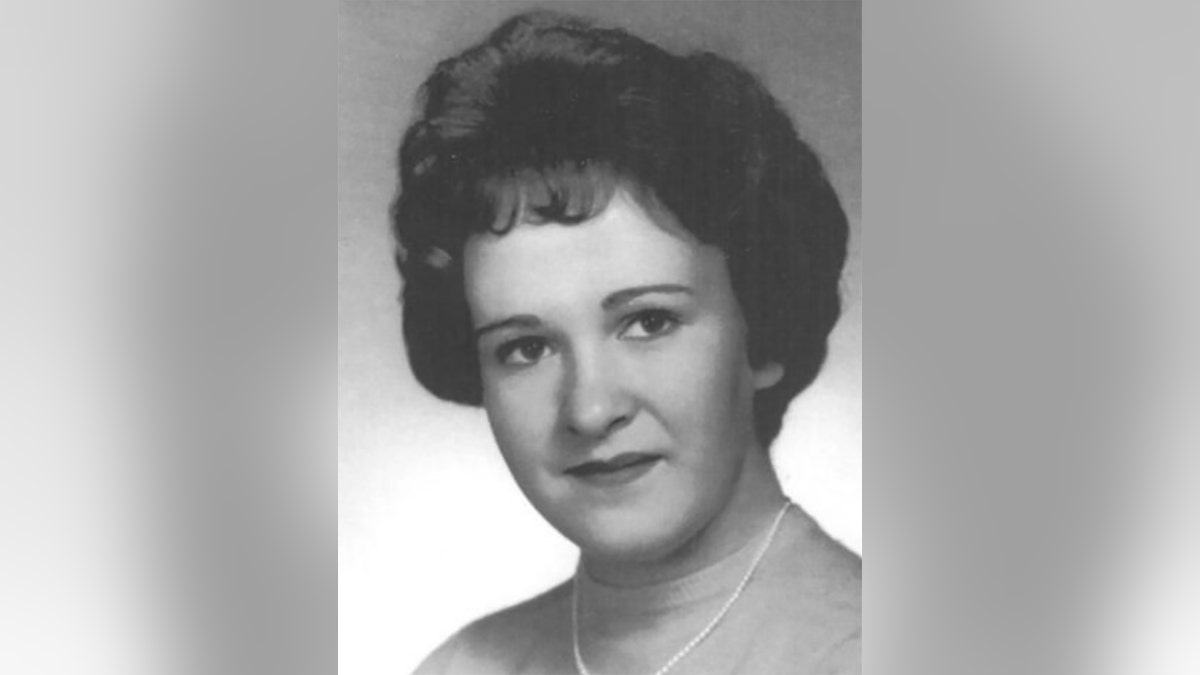
Mary Sullivan, Casey Sherman’s aunt, was found murdered and sexually assaulted in her Boston apartment on Jan. 4, 1964. She was 19 years old. (Courtesy of Casey Sherman)
“He offered leading questions and showed DeSalvo photographs of the crime scenes, which you should never do. I shared the confession tapes with veteran homicide detectives, and they were shocked the interrogation was allowed to happen this way.”
Sherman said that during his research, he uncovered 40 letters DeSalvo wrote to a Massachusetts family who visited prisoners at Walpole State Prison.
“He told this family in no uncertain terms that he planned to recant his confession in front of a reporter from The New York Times,” Sherman said. “DeSalvo never got the chance — he was murdered in prison.”
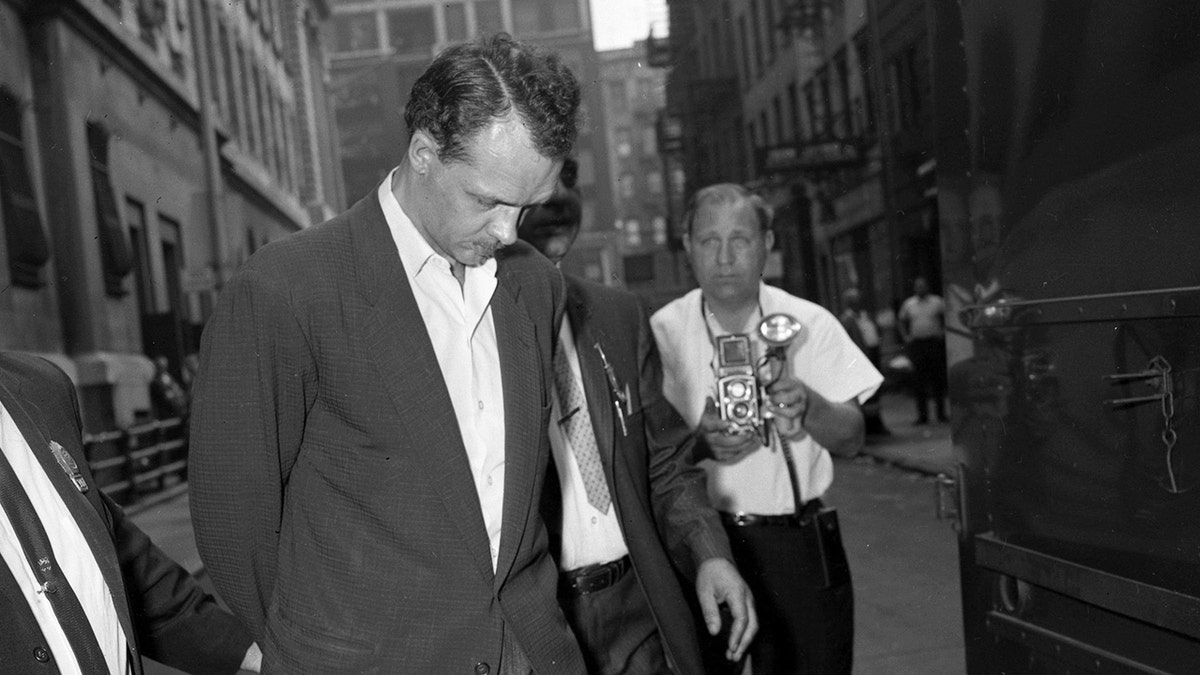
Charles Terry is pictured in custody in New York City on June 7, 1963, after confessing to the strangling of Zenovia Clegg, a 62-year-old divorcee, in a Times Square hotel. The 34-year-old Terry was grilled in connection with crimes committed by the Boston Strangler. There was no evidence linking him to the Boston Strangler murders, and he was never charged in those cases. (Bob Costello/New York Daily News via Getty Images)
Skeptics, including Sherman, have long argued that there were at least two killers responsible for the murders — maybe more. They point out that DeSalvo didn’t match witness descriptions, wasn’t on the list of more than 300 suspects, and often gave inconsistent and contradictory statements.
But not everyone agrees. Several key investigators, law enforcement officials and forensic experts have maintained that DeSalvo was the Boston Strangler — or at least responsible for most of the murders attributed to the serial killer.
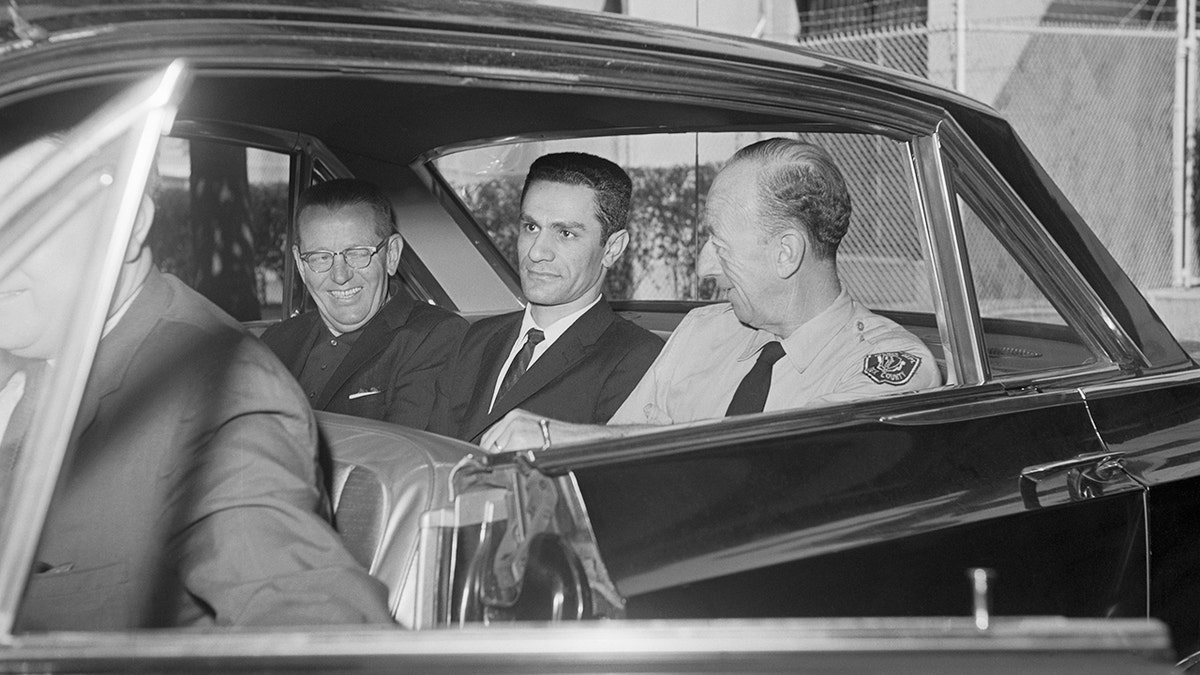
This undated photo shows convicted murderer George Nassar sitting in a car between two law enforcement officials as he waits to be transported from the Salem Jail to Walpole State Prison. (Getty Images)
Sherman noted that DeSalvo was a cellmate of George Nassar, a convicted murderer and career criminal. Sherman, like others, believes Nassar may have manipulated DeSalvo into confessing to divert suspicion from himself. However, there is no conclusive evidence to support that claim.
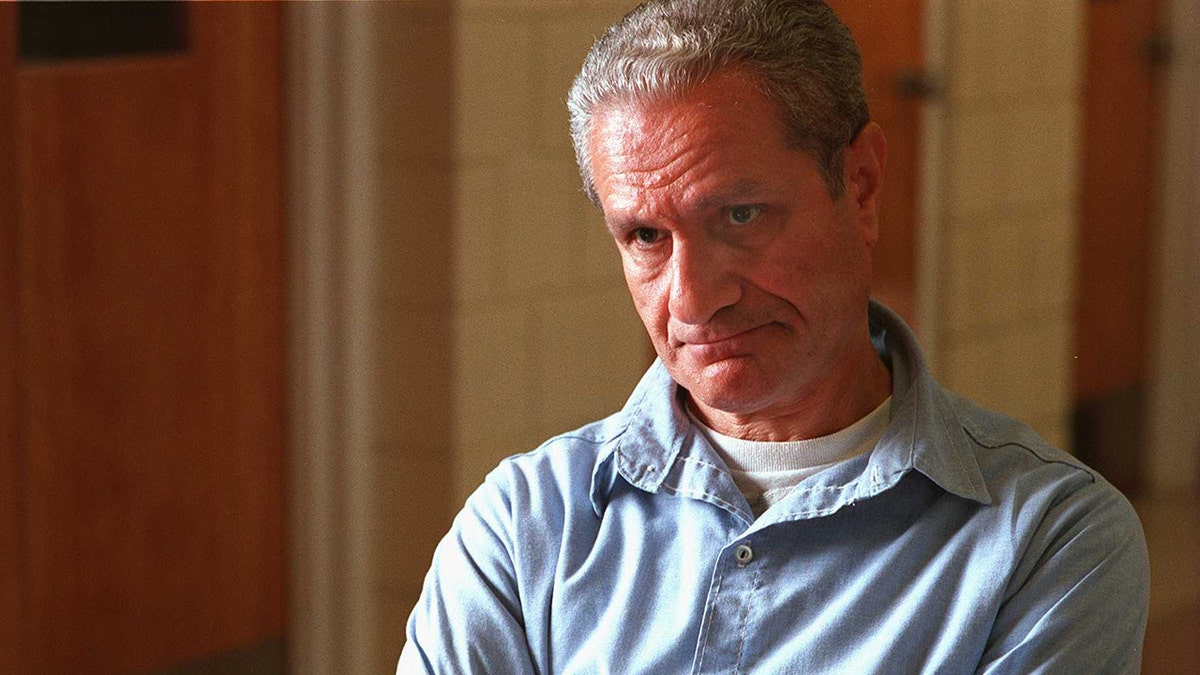
George Nassar is seen here being interviewed while in prison. In 1965, Albert DeSalvo told Nassar that he was the Boston Strangler. (Janet Knott/The Boston Globe via Getty Images)
Nassar, who died in 2018, always denied having anything to do with the crimes.
“If I had been, theoretically, on a score with Al, and we were in a criminal conspiracy together, and I found out that he was murdering women and getting away with it, I’d have given him a quick and painless death, right there,” he told WBZ.
Sherman is adamant that there was a motive. He noted that during the height of the murders, a reward was being offered as the city grew desperate for answers. He believes DeSalvo and Nassar may have concocted a plan in hopes of collecting the money themselves.

F. Lee Bailey, who served as Albert DeSalvo’s defense attorney, said he believed DeSalvo was the Boston Strangler. (Getty Images)
DeSalvo’s attorney, F. Lee Bailey, previously said, “They had the right guy, beyond question,” Unsolved.com reported.
“No one has ever come up with anything meaningful to contradict that,” Bailey added.
Sherman said he would welcome a reexamination of the case — even if it proves him wrong.
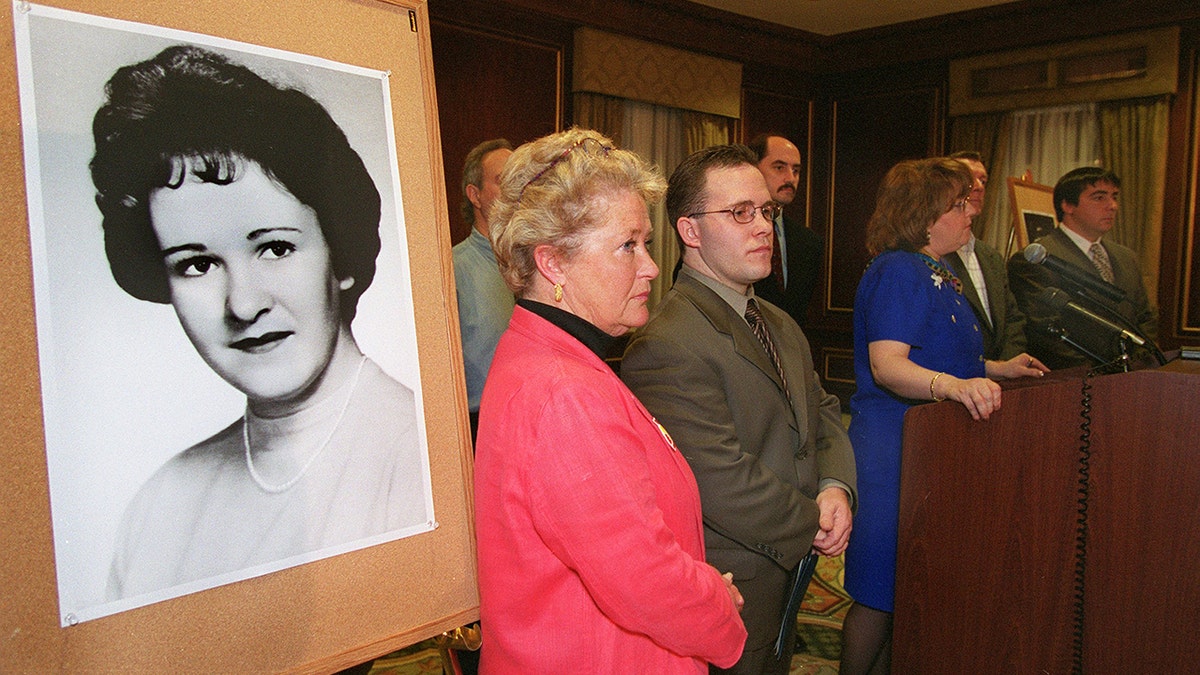
This undated photo shows Diane Dodd, center, with her son Casey Sherman, at a news conference asking officials to release information and evidence concerning the murder of Dodd’s sister Mary Sullivan (shown in photo), who they say was not killed by Albert DeSalvo, the confessed Boston Strangler. On the far right are DeSalvo’s brother Richard DeSalvo, partly obscured, and Richard’s son Tim DeSalvo. (John Blanding/The Boston Globe via Getty Images)
“The victims’ families deserve answers and the truth behind the tragic murders of their loved ones,” he said. “There’s no statute of limitations on murder in the Commonwealth of Massachusetts.”
“I do think the answer exists,” Sherman reflected. “I’ve presented my theories on the case, and others have as well. The killers are dead, and many who were connected to the case are gone. Now it’s up to the public to keep raising questions and debating the answers.
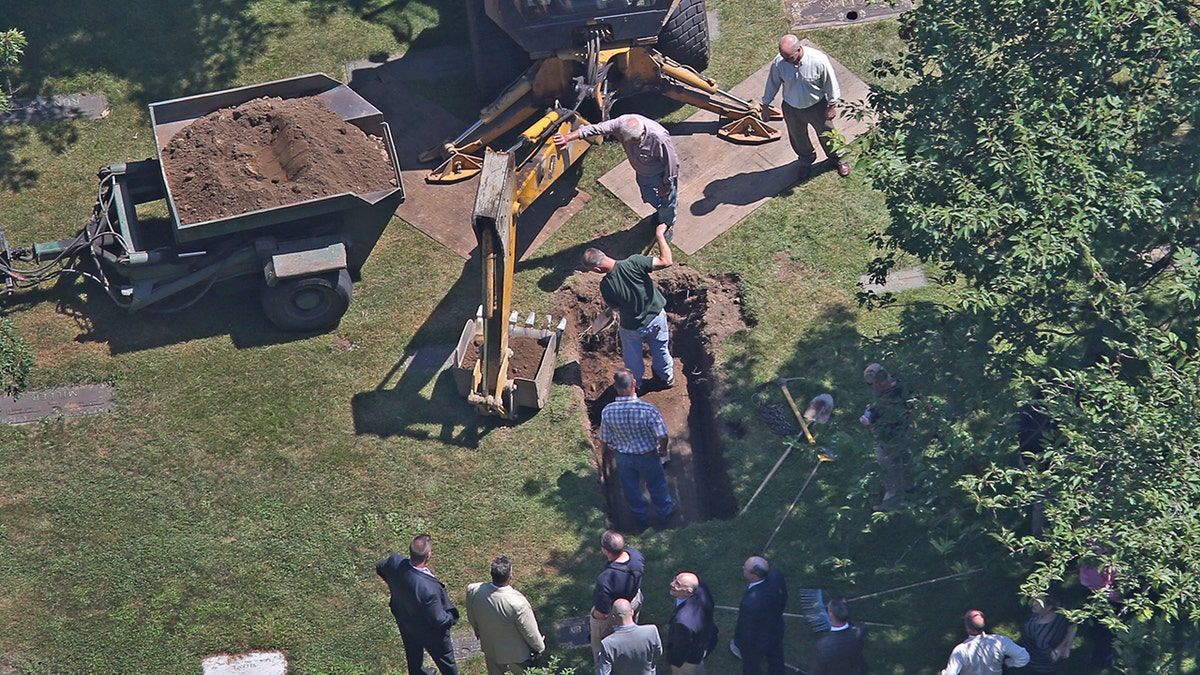
An aerial view of the exhumation of Albert DeSalvo’s remains at Puritan Memorial Park, circa 2013. (David L Ryan/The Boston Globe via Getty Images)
“I’m not beholden to any single theory, and even in 2025, reexamining these murders may reveal new information that wasn’t available just a few years ago. It’s an ongoing quest to find the truth.”
“The Boston Strangler: Unheard Confessions” is available for streaming.
https://www.foxnews.com/us/boston-stranglers-unheard-confession-tapes-cast-new-doubt-americas-jack-ripper-victims-nephew


